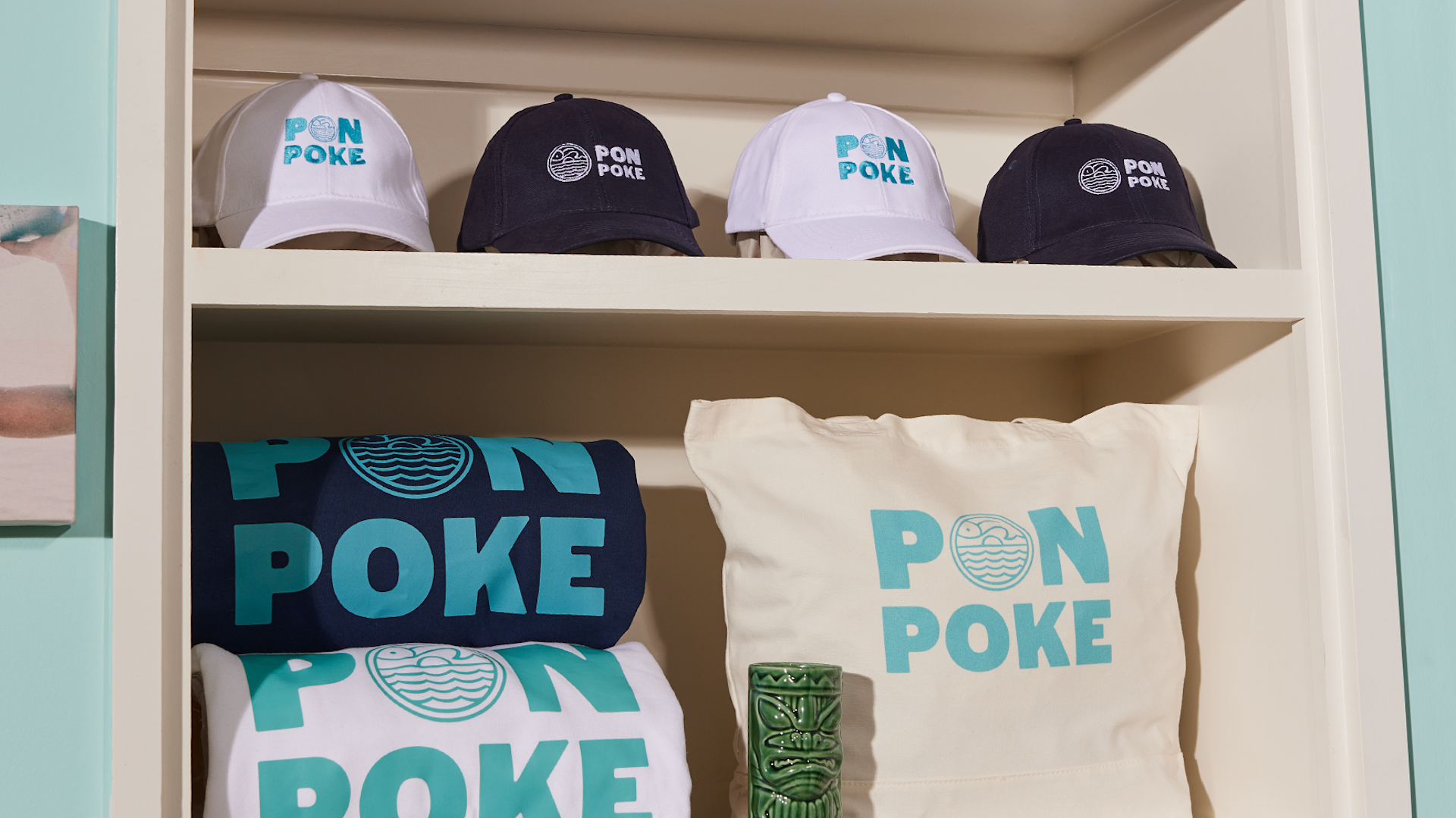Choosing Branded Clothing That Supports a Greener Wardrobe
Choosing Branded Clothing That Supports a Greener Wardrobe
Blog Article
Comprehending Clothing: The Importance of Fabric Selections in Your Closet
The choice of fabric in clothes plays a pivotal duty in both aesthetics and performance. Various products use varying degrees of comfort, sturdiness, and breathability, straight influencing the wearer's experience. Comprehending these subtleties can boost one's closet significantly. Yet, lots of forget exactly how these options can affect not just personal style, yet likewise sustainability. What textile choices could redefine your wardrobe and straighten it with both design and obligation?
The Duty of Material in Style and Performance

Common Fabric Types and Their Characteristics
When picking clothing, comprehending the characteristics of typical fabric kinds is crucial for making notified selections. Cotton, a widely-used natural fiber, is understood for its versatility, softness, and breathability, making it ideal for sportswear and everyday garments. Bed linen, one more all-natural option, boasts excellent moisture-wicking properties and a distinctive appearance, ideal for warm climates.Wool, typically preferred for its heat and resilience, differs in excellence; merino woollen is soft versus the skin, while coarser kinds are used for outerwear. Artificial textiles like polyester and nylon use resilience and resistance to creases, making them preferred for activewear and travel garments. Blends, which combine synthetic and all-natural fibers, can enhance capability while maintaining comfort. By acknowledging these fabric characteristics, people can choose clothes that lines up with their lifestyle and aesthetic choices.
Breathability and Convenience: Selecting the Right Fabrics for Different Environments
Picking the best materials for various climates can substantially improve convenience and total wearability. Breathable products are important in warm climates, as they enable air circulation and dampness dissipation. Fabrics such as cotton, bed linen, and moisture-wicking synthetics effectively attract sweat away from the body, keeping the wearer cool and completely dry. On the other hand, in chillier climates, thicker materials like woollen or fleece supply insulation while keeping breathability, ensuring warmth without overheating.Additionally, the option of fabric weight plays an essential function; light-weight fabrics are more effective for summer, whereas larger alternatives are suited for winter wear. Recognizing the special residential properties of each textile enables people to clothe appropriately for varying climate condition. Inevitably, selecting comfy and breathable fabrics customized to particular environments can significantly improve everyday comfort and improve the total experience of using apparel.
Resilience and Treatment: Just How Textile Impacts Durability of Your Closet
Selecting the best materials can significantly affect the longevity and care needs of a closet. Fabrics such as cotton and polyester are understood for their durability and ease of upkeep, making them suitable for everyday wear. In comparison, fragile products like silk and shoelace need even more careful handling and specialized cleaning methods, which can enhance the time and effort needed for care. Branded Clothing.Durability is likewise influenced by the textile's weave and coating; firmly woven fabrics have a tendency to resist deterioration better than freely woven choices. In addition, synthetic blends often give improved resilience, incorporating the ideal top qualities of multiple fibers.Understanding the treatment instructions for each material is essential, as improper cleaning or drying out can bring about early wear. Ultimately, choosing durable products can lead to a longer-lasting closet, reducing the regularity of substitutes and contributing to a more lasting style choice
The Influence of Material on Fit and Shape

Lasting Material Choices: Making Eco-Friendly Decisions
The impact of material extends beyond fit and shape to encompass ecological aspects, triggering a growing interest in lasting textile options. Eco-friendly fabrics, such as organic cotton, hemp, and Tencel, are acquiring traction amongst consumers who focus on sustainability in their wardrobes. These materials are usually produced with fewer chemicals and water, minimizing their eco-friendly footprint.Additionally, recycled materials, made from post-consumer waste, use an ingenious solution to the fabric market's air pollution trouble. Brands significantly embrace transparency in their sourcing methods, permitting customers to make informed decisions regarding their purchases.Choosing sustainable materials not only supports ethical methods but additionally encourages the style market to embrace more accountable production approaches. As awareness of ecological issues climbs, individuals are urged to mirror on the long-lasting impact of their fabric choices, fostering a movement towards a more sustainable and ecologically mindful method to fashion.
Elevating Style: Exactly How Material Can Transform an Attire
While many may concentrate on shade and cut when selecting an outfit, the option of fabric plays a necessary duty in boosting design and boosting total appearance. Various materials convey distinctive state of minds and messages; for instance, silk shows deluxe and elegance, while jeans provides an informal, loosened up ambiance. The structure and drape of a textile can dramatically modify the silhouette, with structured materials providing a sleek look and softer ones developing a more fluid, unwinded aesthetic.Moreover, the weight of the material influences wearability across periods. Light-weight fabrics like linen and cotton are perfect for summertime, while heavier materials such as woollen and velour give heat and elegance in cooler months. Recognizing material residential properties, such as breathability and stretch, likewise encourages people to make educated options that boost convenience without endangering design. Ultimately, the appropriate textile can change a clothing from ordinary to extraordinary, making it an essential factor to consider in any wardrobe.
Often Asked Concerns
Just how Do I Recognize the Material Material of My Clothes?
To determine fabric content, one can check out care labels, conduct melt tests for fiber recognition, or consult material swatches. These techniques aid differentiate products, ensuring educated choices for clothes care and upkeep in daily wear.
Can Textile Choice Affect My Mood or Confidence?
Textile option can significantly influence an individual's mood and confidence. Branded Clothing. Specific materials may evoke sensations of comfort or sophistication, while others can feel limiting or unflattering, eventually affecting self-perception and emotional well-being throughout the day
What Fabrics Are Finest for Sensitive Skin?
For people with delicate skin, natural materials like cotton, linen, and bamboo are frequently advised. These products are breathable, hypoallergenic, and much less likely to trigger irritation, making them ideal options for convenience and skin health.
Exactly how Do I Appropriately Clean and Treatment for Different Fabrics?
To correctly clean and care for different fabrics, one need to think about each material's particular requirements, consisting of temperature setups, cleaning agents, and drying find more information out approaches, making certain long life and preserving the fabric's original high qualities for perfect usage.
Are There Particular Fabrics for Athletic or Efficiency Wear?
Athletic or efficiency wear usually utilizes materials such as spandex, polyester, and nylon. These materials are made for moisture-wicking, breathability, and flexibility, enhancing motion and comfort throughout physical tasks while providing toughness and assistance. On the other hand, in colder environments, thicker materials like woollen or fleece offer insulation while preserving breathability, ensuring warmth without overheating.Additionally, the selection of material weight plays a vital duty; light-weight fabrics are more suitable for summer, whereas larger choices are matched for winter months wear. In comparison, fragile materials like silk and shoelace call for even more careful handling and specialized cleaning methods, Full Article which can boost the time and initiative required for care.Durability is additionally influenced by the fabric's weave and finish; snugly woven textiles have a tendency to stand up to wear and tear much better than loosely woven choices. In comparison, stiff fabrics can limit motion however give a timeless, sleek look.Moreover, the thickness and texture of the textile can affect the aesthetic understanding of body shape. The effect of fabric prolongs past fit and silhouette to include ecological elements, prompting a growing passion in lasting textile selections. The texture and drape of a fabric can significantly change the silhouette, with structured materials giving a refined look and softer ones developing a much more fluid, unwinded aesthetic.Moreover, the weight of the textile affects wearability throughout seasons.
Report this page